The University of Texas at Dallas’ SP/N Gallery will house two unique installments exhibited simultaneously through February, each curated by two prolific artists and members of The Harry W. Bass Jr. School of Arts, Humanities, & Technology.
“Dragon Eye,” an immersive video installation by UT Dallas professor Thomas Riccio, and “Contexts & Communities,” a selection of photographs curated by Bass PhD student Rebecca Cai, will be displayed at SP/N Gallery from Jan. 26 through March 2.
While both exhibitions showcase the exceptional talent and dedication fostered within The Harry W. Bass School of Arts, Humanities, and Technology at UT Dallas, Riccio’s “Dragon Eye” will take center stage in this article.
Riccio’s “Dragon Eye” uses ten projectors running simultaneously to immerse the observer into an impressionistic journey based on his ethnographic documentation of the Miao people of Hunan, China.
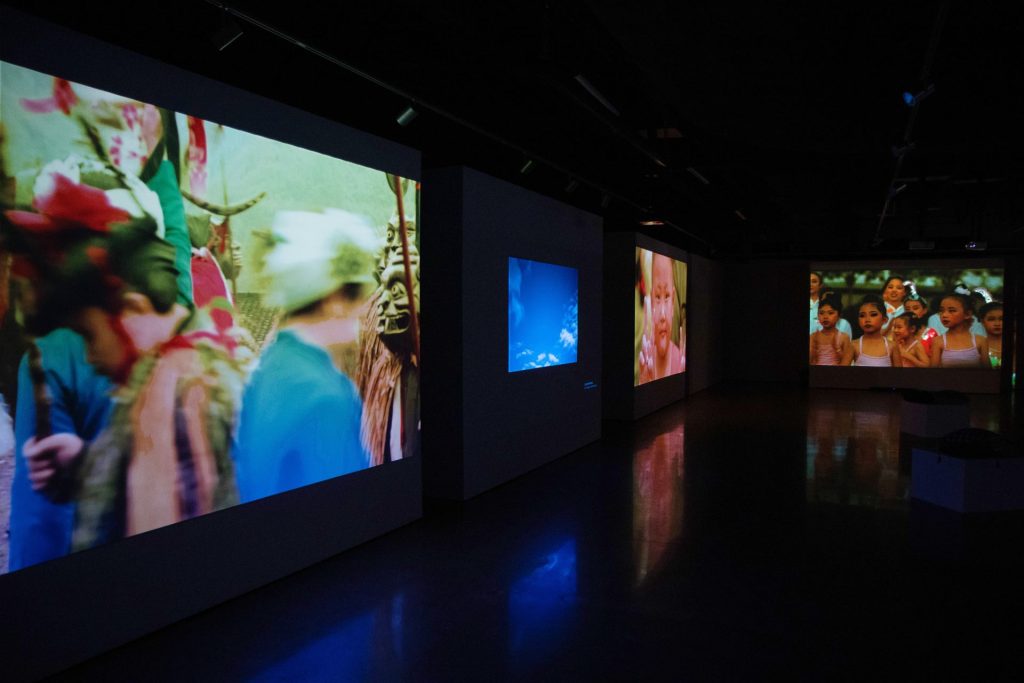
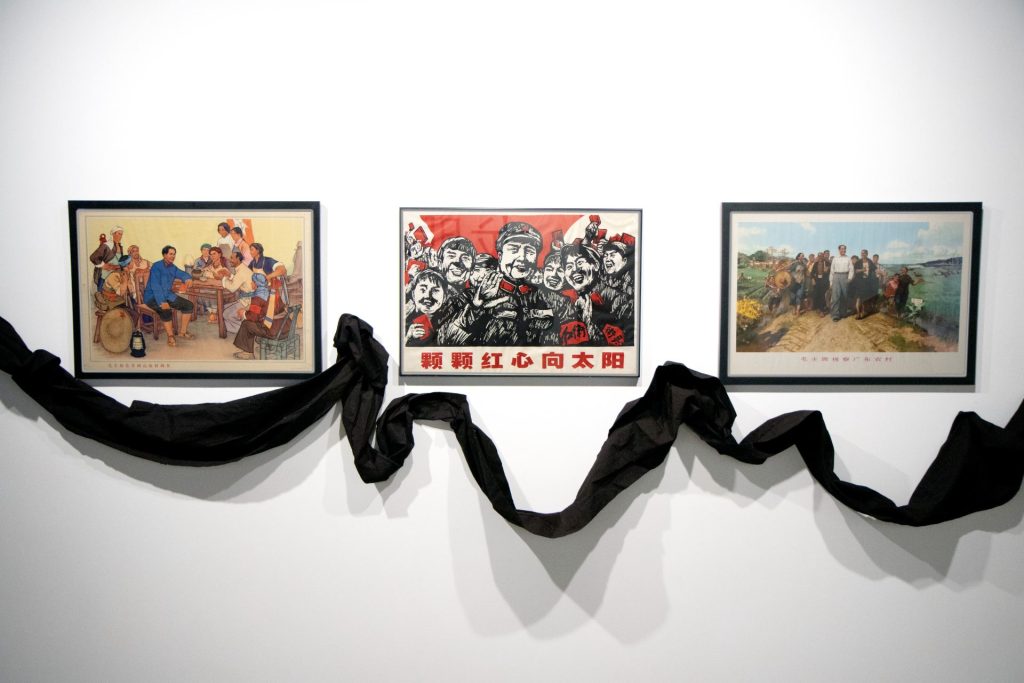
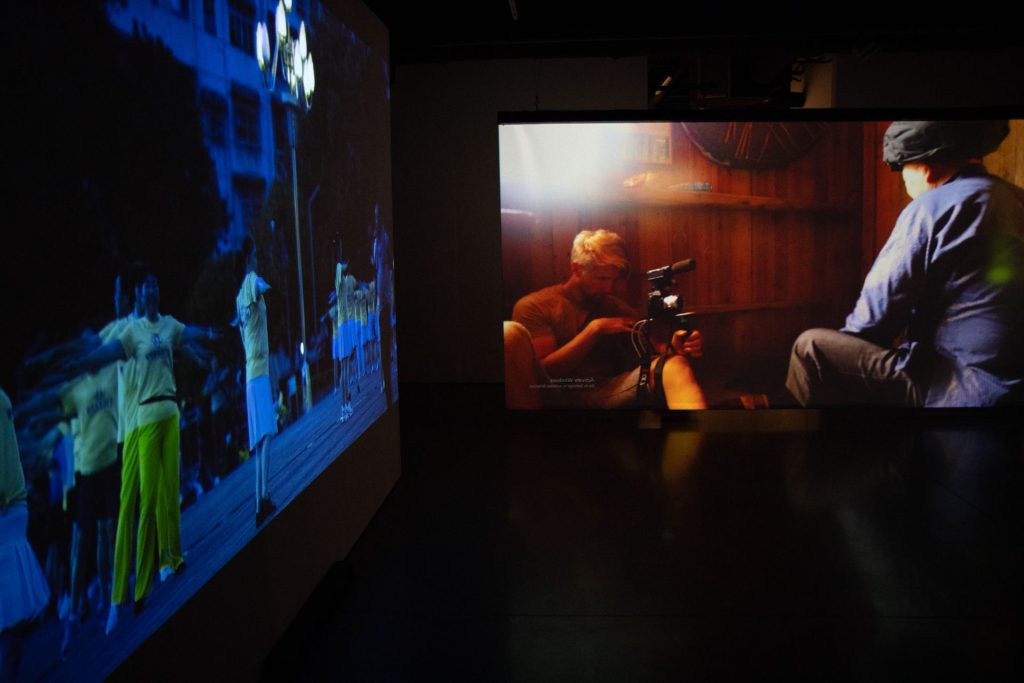
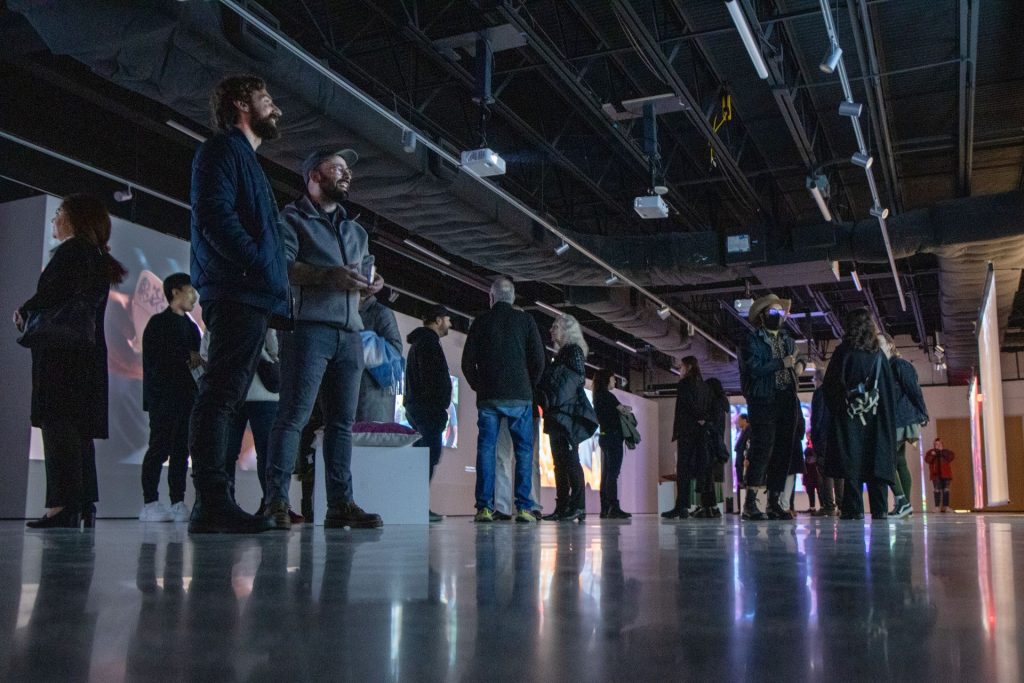
The multi-channel installation creates a dynamic montage rooted in his twenty-year relationship with the Miao, an indigenous people of China who live in remote mountainous regions of Southern China.
“Dragon Eye is part of a larger effort to document and promote rapidly vanishing indigenous ways and knowledge while bringing awareness to the social, political, and economic transformation of our world and environment,” Riccio stated in a press release. “The ethos of indigenous cultures is to live with and be responsible for a place. Indigenous knowledge offers an alternative model to create a better, sustainable, and verdant world.”
Riccio, who serves as director of the Bass School’s Theatre Program and visual and performing arts professor, has worked as a performance ethnographer and creator with indigenous groups in Alaska, South Africa, Kenya, Ethiopia, Korea, and various additional locations.
Most recently, he served as a visiting professor at Jishou University in Hunan, where he assisted in developing a cultural center to document the ritual traditions of the Miao. Since 2001, Riccio has returned five times to the region to conduct field research on Miao performance traditions, documenting rituals, and meeting with Miao tradition bearers.
The Miao, constituting one of the largest among fifty-five officially recognized ethnic groups in the People’s Republic of China, underwent internal colonization and persecution during the Cultural Revolution. This oppressive period aimed to “revolutionize” ethnic minorities, imposing a “modern identity.” Despite the historical turmoil, the Miao persist as an ancient yet modern community who continue to embody an intimate connection to the rhythms and ways of the earth, representing a resilient expression of their cultural heritage.


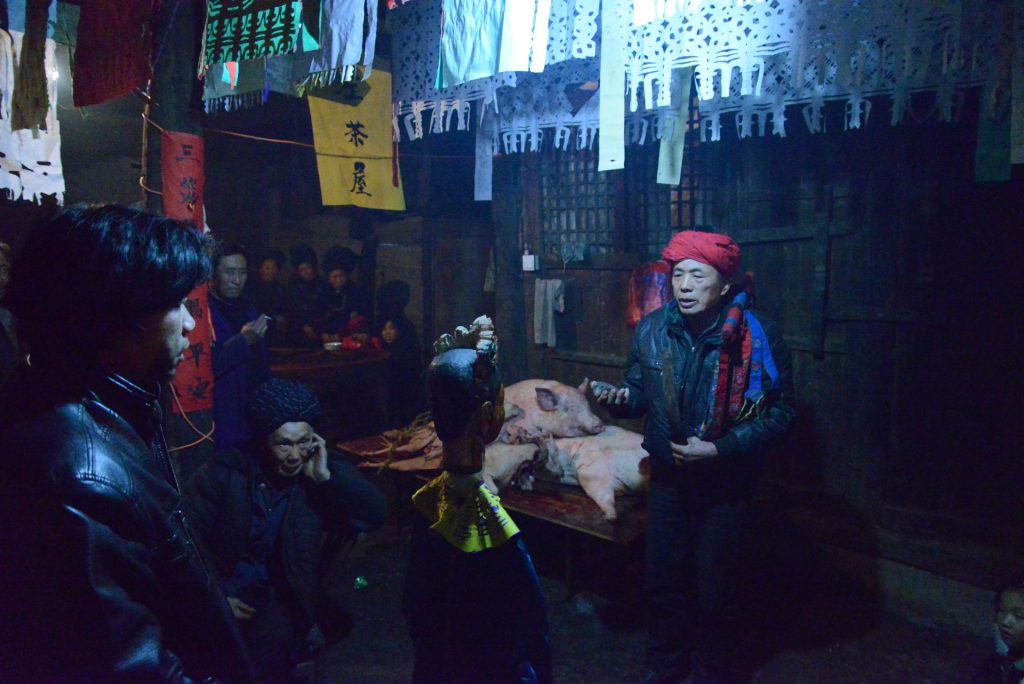

The exhibition’s title, “Dragon Eye,” stems from the square red stone each Miao village family has at the entrance of their home. The position of the stone is ritually placed by the local badai, a shaman, in consultation with a xianniang, a spirit medium. For the Miao, the dragon expresses the essence, vitality, and persistence of the Miao. Having the mythical dragon live with the family brings prosperity, good luck, health, and harvest.
Assisting in the Dragon Eye installation include Kevin Sweet as the projection and media engineer, Alex Hill in construction, Scot Gresham-Lancaster contributing to sound design, and Brian Scott in installation.